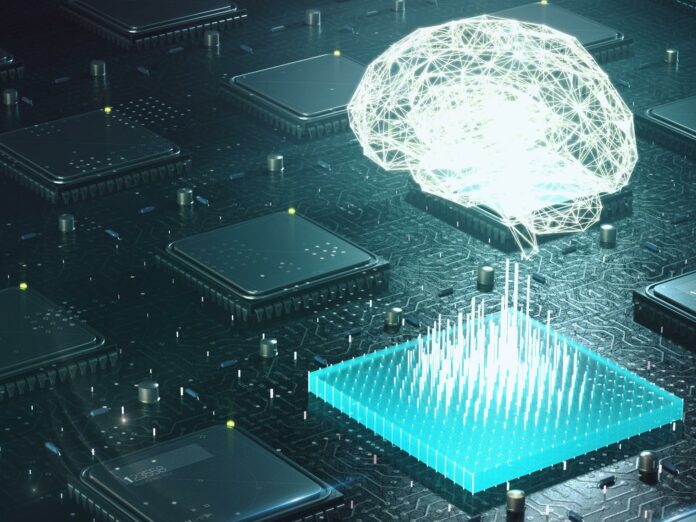There’s no denying the way that we live in a period where innovation has gotten less fake but instead more insightful. Whether or not we talk about AI applications or the employments of its subsets explicitly AI and profound learning, the degree is enormous on what individuals could have or can imagine. Given that, would it be strange to understand that AI applications have beaten our standard lives and areas of now assuming responsibility for space (Indian moon mission – Chandrayaan-2, for instance)?
Growing the degrees of robotization and self-rule using procedures from computerized reasoning considers a more broad assortment of room missions and besides liberates individuals to focus on undertakings for which they are more qualified. Now and again, independence and robotization are pivotal to the accomplishment of the mission. For example, profound space investigation may require more independence in the rocket, as correspondence with ground administrators is satisfactorily conflicting to obstruct tireless human checking for possibly perilous circumstances.
Robots with AI are being executed to screen certain regions, as risky conditions. Satellites can see them from above, saving people from entering unsafe or perilous spots. Any data would then be accumulated and taken care of to robots with computerized reasoning, that can cycle it and pick the favored activity.
The satellite EO-1 (Earth Observing 1) has been powerful in the past in gathering pictures of normal disasters. The AI started to take photographs of the calamities even before the ground group understood that the scene had happened. It was the principal satellite to identify dynamic magma streams from space, to measure an office’s methane spill from space, and to follow redevelopment in a generally logged Amazon woodland from space.
A rover on Mars solely oversaw by a gathering of specialists should be offered rules to move each 20mins. This is the correspondence delay between Earth and Mars. Accept only 5 development orders can be sent each 20mins, that is a total of 360 orders in a day. A wanderer outfitted with self-governing route ability could make ≥ 5 choices for each min if not each second. It is right now restricted by the speed of its PC rather than the correspondence delay.
An artificial neural network (ANN) engaged model for satellite route is proposed by Mathew C. Wilkinson and Andrew J. Meade. Sequential Function Approximation (SFA) is used to develop an ANN that learns the effect of the utilization of a motor through the assortment of its greatness and course of consumption on the flight method of the space apparatus. The result is contrasted with the ideal express, the subsequent mistake boundary is used to ceaselessly change the neuron boundaries.
Besides, artificial intelligence algorithms could similarly help the wanderer with perceiving hints of water and various minerals on the lunar surface. Through AI the wanderer could send pictures that would have been used for exploration and testing.
Deep Learning, a subset of Artificial Intelligence can be applied in programmed landing, astute dynamic, and robotized structures. The trendy rocket, because of Artificial Intelligence applications, will be more independent, free, and self-ruling. Artificial intelligence will go past human cutoff focuses to distinguish disclosures and send information back to Earth.
Follow and connect with us on Facebook, Linkedin, Twitter

